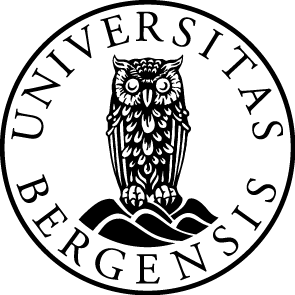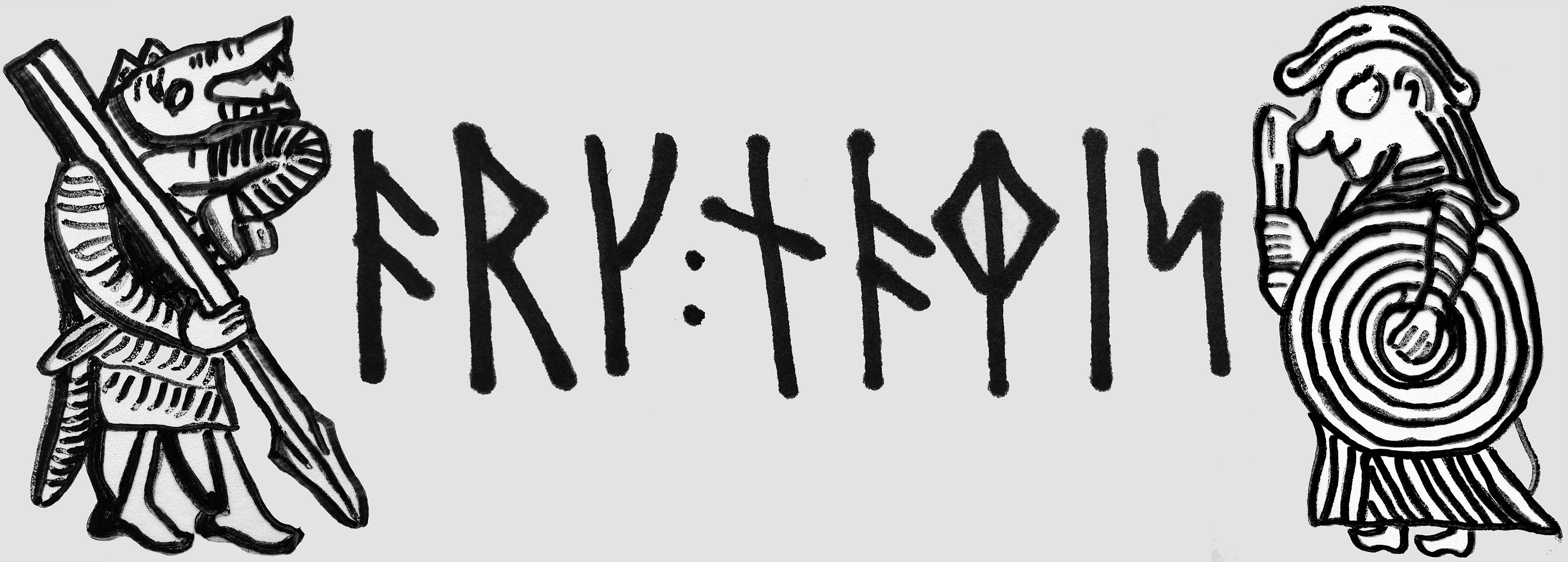Many of the names known from late pre-historic Scandinavia are still in use today. It is not uncommon in present day Norway, Denmark or Sweden to meet women named Gunhild, Gudrun, Astrid or Jorunn, or men with names such as Thorbjørn, Asger, Eirik, Arnfin or Botolv.
The personal names from the Scandinavian pre-Christian period are fascinating, because they are formed of words or combinations of words that allude to a world of animals, religious phenomena, honour and warfare. They have roots in ancient Germanic and Indo-European naming traditions – forming a large onomastic research field.
The actual use of personal names and their attribution to living people in late Scandinavian prehistory however remains elusive. There seems to be some correspondence between motives used in names and expressions in material culture. Still, personal names are rarely coupled systematically with archaeological evidence. Our archaeological knowledge of pre-historic societies, people and identities is growing fast due to new excavations, newly discovered sites, a continued influx of metal finds and the employment of new scientific methods.
The ArcNames project sets out to investigate the oldest Scandinavian personal names from an archaeological perspective. The hope is to create a better understanding of the way personal names were used in creating and maintaining social identities in Late Iron Age and Early Viking Scandinavia by adressing them in relation to material culture.
Running for 24 months from March 2019 to February 2021, the project has two main objectives: first it aims to create a better understanding of individual naming and the construction of personal and social identities, mainly by investigating the correspondence between names and archaeological evidence relating to identity. The second objective is to understand the names in relation to status and landholding through their occurence in place names and runic monuments.
The ArcNames project is investigating two main questions:
- Question 1: How important was the etymological content in the motives behind personal names in the Scandinavian Late Iron Age and Early Viking Period?
- Question 2: How significant is the occurrence of personal names in place names?
This will happen through four steps:
In first year, the project will assess the elements combined in personal names and how these correspond with identities expressed in iconography, burial assemblies and runic inscriptions.
- Step 1: Establishing an index or registry of motives and contexts of personal names in place names and runic inscriptions.
- Step 2: Carrying out a search through archaeological records for Expressions related to the results in step 1.
In the second year, the poject will evaluate the use of personal names in place names in the pre-Christian period based on the results from year one and with the purpose to bring the Norwegian names in -stad/-stadir into a general Scandinavian discussion, that includes names in -lev/-löv and personal names in runic monuments.
- Step 3: Surveying a sample area in Sogn and Lærdal, Western Norway, mapping personal names in place names.
- Step 4: Gathering the results of the whole project in a general analysis addressing the main project objectives and questions.
The second part thus will investigate how personal names occuring in place names express status and ownership structures and help to understand the social aspects of Late Iron Age and Viking period settlement patterns. A prominent theme in the investigations will be the perceptions of women and land ownership or power structures in relation to gender. The project will also work to build an interdisciplinary research environment around onomastics and archaeology at the University in Bergen in connection with the new establishment of the Norwegian Language Collections here. At the same time, it contains a plan to train the fellow in archaeological research skills, university teaching and research management.
The project is an Individual Fellowship funded by the European Union’s Horizon 2020 research and innovation programme, under the Marie Skłodowska-Curie grant agreement No 797386.


The Project is hosted by the Department of Archaeology, History, Cultural Studies and Religion at the University of Bergen.
